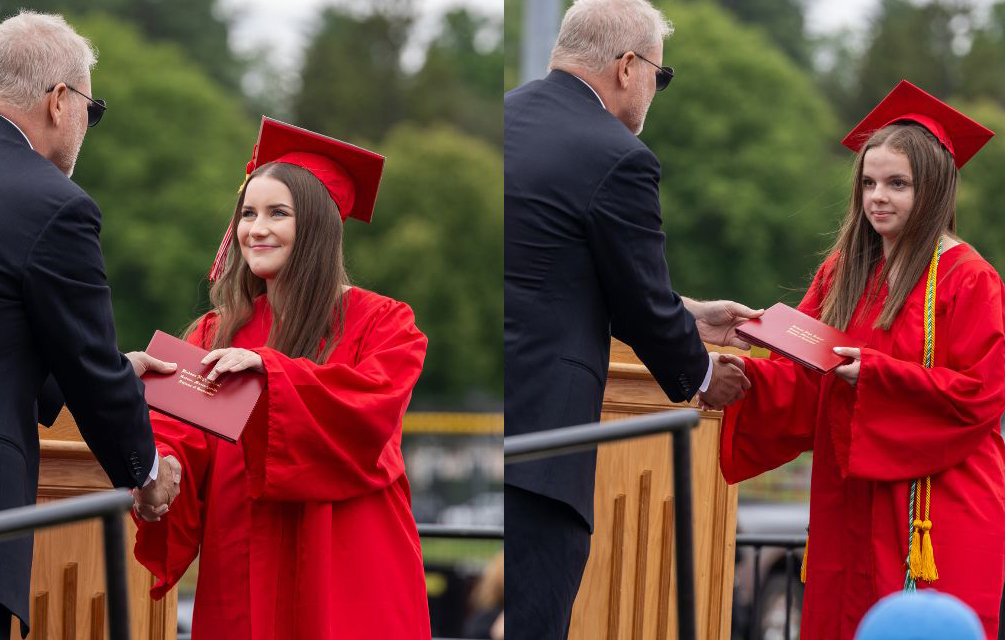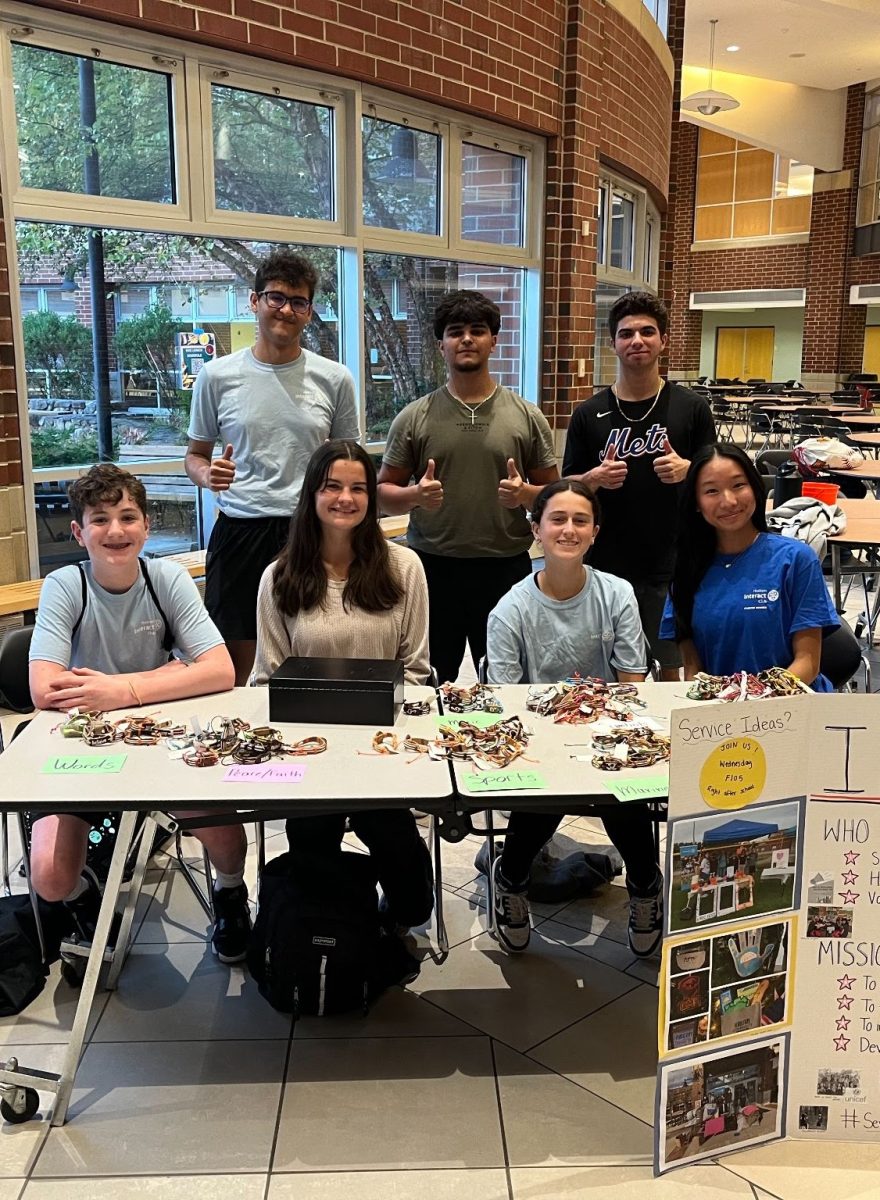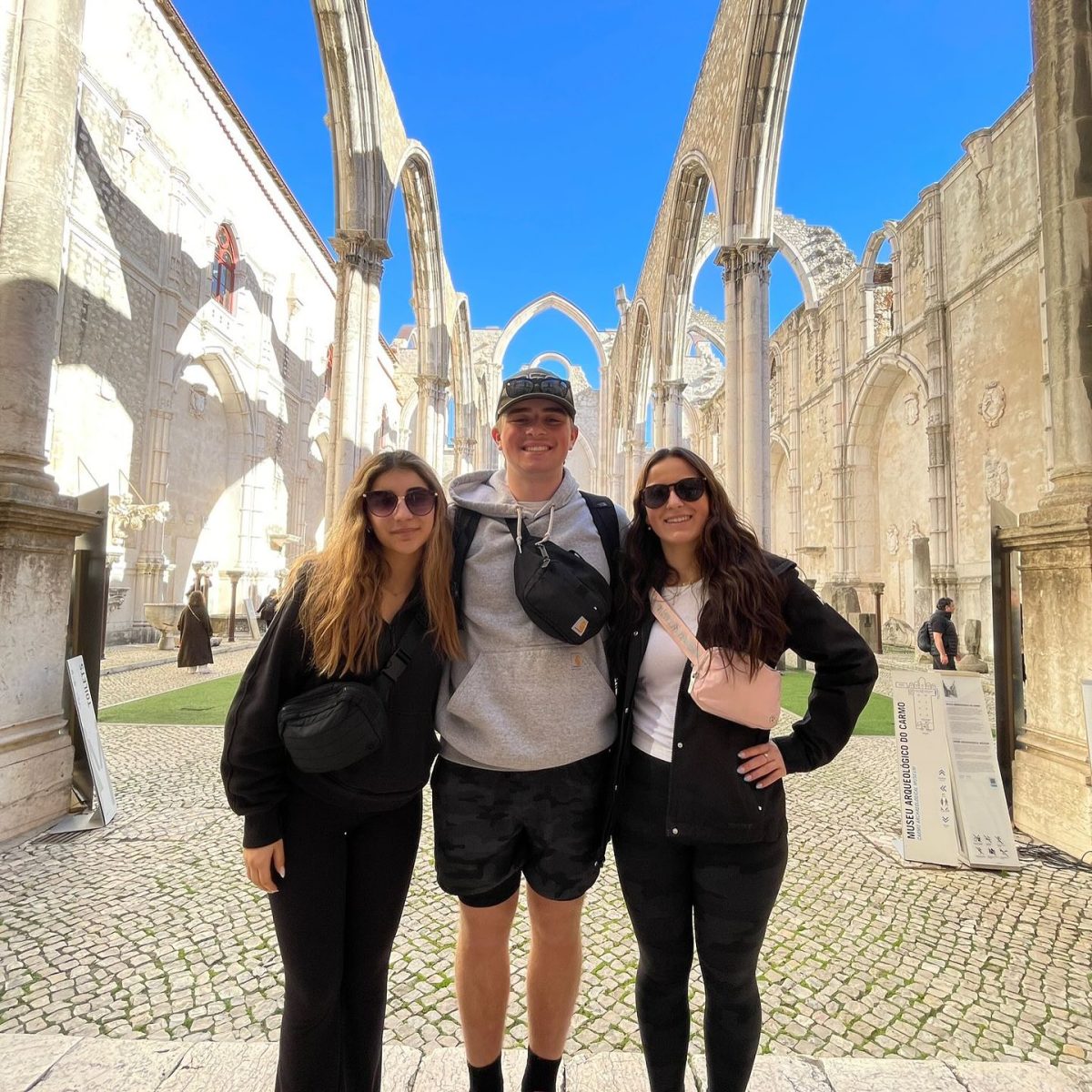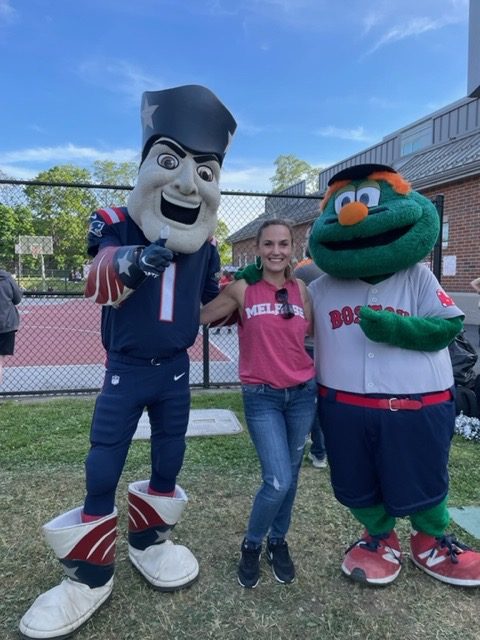by Taylor Polomarenko
For the past two years, the freshman class has been conducting a whole class community service project (CAP). After 15 years of running CAP as an individual project, why did they change it, and how effective has the change been?
According to Curriculum Coordinator Todd Wallingford, in the beginning, students individually developed a way of addressing community needs as well as their goals for the project. As the CAP project grew, many projects became more sophisticated and ambitious, to the point where, just four years ago, freshmen were engaged in over 100 different projects.
Junior Jeremy Saunders is a good example of a student who worked on an individual project that made a big impact on the community.
“I chose to do my CAP project with Samariteens because I wanted to do something that directly helped people,” said Saunders. “I feel like I legitimately gave back to my community by giving those in distress a chance to be heard.”
Saunders worked at a suicide hotline. He was given a list at the beginning of CAP that had potential projects he could work on. Saunders chose Samariteens because it seemed like it would impact him the most, rather than planting flowers or going on coffee runs like some of his friends. At this point freshmen still completed individual projects.
“It was very helpful for me to work on my CAP project alone. For the program you either have to work with them for 6 months or a year. I worked with them for a year after CAP was over because it really inspired and impacted me,” said Saunders. “But it really isn’t a project that can be done ‘as a class’ since all calls are a one-on-one experience.”
Many students found their projects only worked as individual assignments. Junior Bobby Rhodes put collection boxes in all the schools around Hudson asking for donated shoes, and the shoes would go to people in Third World countries. “It was helpful for me to work with the organization I did because I knew I could achieve other things in the future after completing my CAP project. One thing CAP inspired me to achieve was raising $1,500 for the American Cancer Society,” said Rhodes. “If I had worked with a class, it would be harder because I worked on my own time.”
The organization Rhodes worked with was Soles 4 Souls; he gathered 960 pairs of shoes. Because of his success, Rhodes continued with his project the next year hoping to make a greater impact.
Doing the project individually led to many students staying involved longer after the CAP project was over. So why did the CAP project change from an individual project to a class-conducted project?
“The CAP project was changed because it was frustrating having to manage 70 or more projects,” said ninth- grade civics teacher Mary Beth Ryan. “By changing CAP to a class project it makes it easier for the teachers to have better control over the project. Not only that but we just wanted to give it a chance.”
According to freshman civics teacher Pam Porter, with the new class-conducted projects students learn many skills such as class collaboration and leadership. It also introduces students to more service opportunities when guest speakers of local organizations talk to the classes about opportunities to volunteer and help around the community. With a class-conducted project, the students had to take initiative and work together to help the organization the class chose.
“The class project lets leaders arise from the group, but it also lets some kids sit back and wait for the project to be over,” said Porter. “Even with the class projects, all the students grew as collaborators and individuals.”
Even though the teachers and many students have responded positively to this new change, some students find the class project does nothing for them. Brian Matthews, who just finished CAP this year, is one of those students.
“I didn’t care about CAP as much because being forced to do community service doesn’t make you a better person,” said Matthews. “ We were just thrown into groups, and there were some people in the groups that did none of the work, which meant it all landed on one or two people in the group.”
Matthews felt very strongly that doing an individual project would be more beneficial because it would’ve given him a chance to work with an organization he cared more for.
“It felt like we were donating more to a name than to something we actually cared about. I liked doing the CAP project; I just wish I could have chosen a project that would have made more of an impact on me.”






